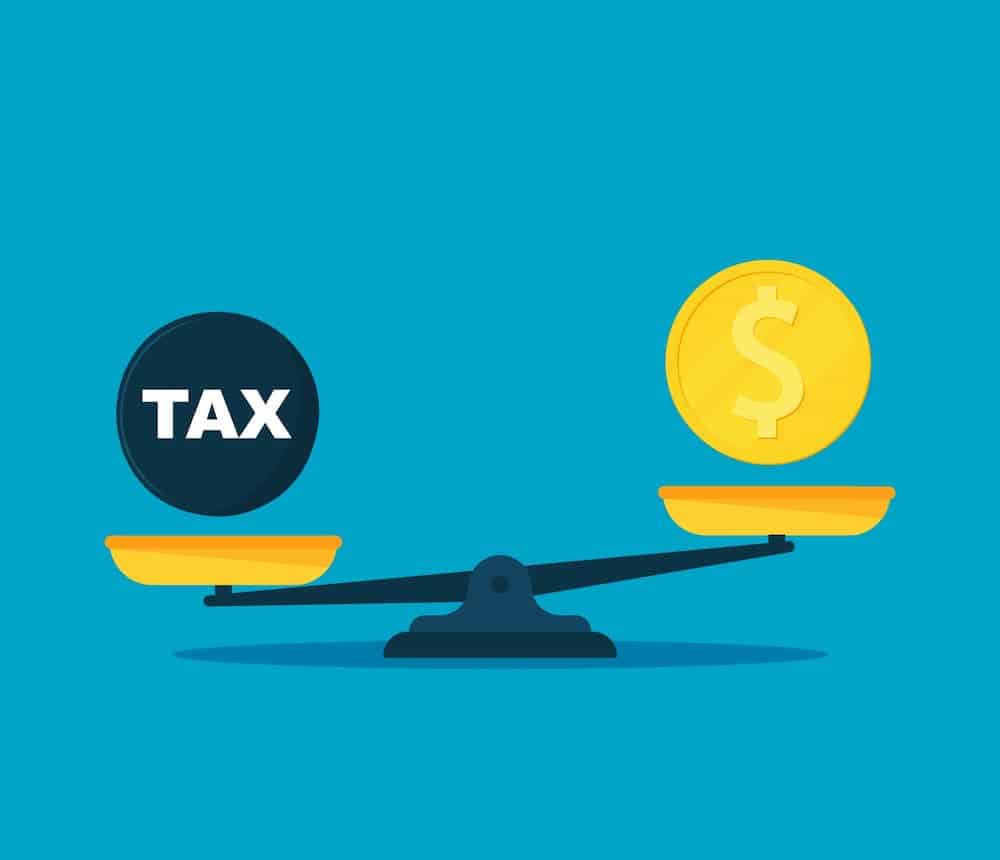Realized Gain vs. Recognized Gain
Whenever property is sold, it is important to make the distinction between realized gain and recognized gain. Realized gain is defined as the net sale price minus the adjusted tax basis. Recognized gain is the taxable portion of the realized gain. The common objective in a tax-deferred exchange is disposing of a property containing significant realized gain and acquiring a “like-kind” replacement property so there is no recognized gain. In order to defer all capital gain taxes, an Exchanger must “balance the exchange” by acquiring replacement property that is the same or greater value as the relinquished property, reinvest all net equity and replace any debt on the relinquished property with debt on the replacement property (although a reduction in debt can be offset with additional cash.)
The 1031 Exchange Equation
The Exchanger can quickly calculate whether there will be recognized gain based on the following principles:
Taxable “boot” is defined as non-like-kind property the Exchanger may receive as part of an exchange. “Cash boot” is the receipt of cash and “mortgage boot” (also referred to as debt relief) is a reduction in the exchangors mortgage liabilities on a replacement property. Generally, the capital gain is recognized (and therefore taxable) to the extent there is a boot.
For a fully deferred exchange, an Exchangor must reinvest all net equity AND replace the value (with a new financing, seller financing, or cash) of any loan that was paid off in the sale of the relinquished property. This topic is often confusing for exchangors. The easiest way to think of it is that in order to defer all taxes, you must simply purchase replacement property of equal or greater value that the relinquished property.
Example 1
The exchangor acquires a property of greater value, reinvesting all proceeds from the sale and increasing the mortgage on the replacement property.
RESULT: there is no boot, no recognized gain, and no resulting tax liability.
| Example 1: Total Tax Deferment | Relinquished | Replacement |
|---|---|---|
| Price: Sales Price / Purchase Price | $450,000 | $600,000 |
| Net Equity: | $200,000 | $200,000 |
| Debt: Old/New Mortgage | $250,000 | $400,000 |
| Taxable Gain: | – | $0 |
Example 2
The exchangor keeps $50,000 of the exchange proceeds, reinvesting only $150,000 as a down payment on the replacement property.
RESULT: There is $50,000 of “cash boot” which results in a recognized (taxable) gain.
| Example 2: Cash Boot | Relinquished | Replacement |
|---|---|---|
| Price: Sales Price / Purchase Price | $450,000 | $600,000 |
| Net Equity: | $200,000 | $150,000 |
| Debt: Old/New Mortgage | $250,000 | $450,000 |
| Taxable Gain: | – | $50,000 |
Example 3
Upon the sale of the relinquished property, the exchanger pays off the mortgage balance and exchangor acquires the property of a lower value with sale proceeds.
RESULT: the exchangor has reduced the debt by $200,000 (“mortgage boot”) which results in a recognized (taxable) gain of $200,000.
| Example 3: Mortgage Boot | Relinquished | Replacement |
|---|---|---|
| Price: Sales Price / Purchase Price | $450,000 | $200,000 |
| Net Equity: | $200,000 | $200,000 |
| Debt: Old/New Mortgage | $250,000 | $0 |
| Taxable Gain: | – | $250,000 |
Example 4
Upon the sale of the relinquished property, the exchanger pays off the mortgage balance and combines the sales proceeds with outside cash to purchase the replacement property debt-free.
RESULT: the exchangor has offset their debt replacement needs by injecting $150,000 of new cash which results in no tax liability.
| Example 4: New Cash | Relinquished | Replacement |
|---|---|---|
| Price: Sales Price / Purchase Price | $450,000 | $450,000 |
| Net Equity: | $200,000 | $450,000 |
| Debt: Old/New Mortgage | $250,000 | $0 |
| Taxable Gain: | – | $0 |
